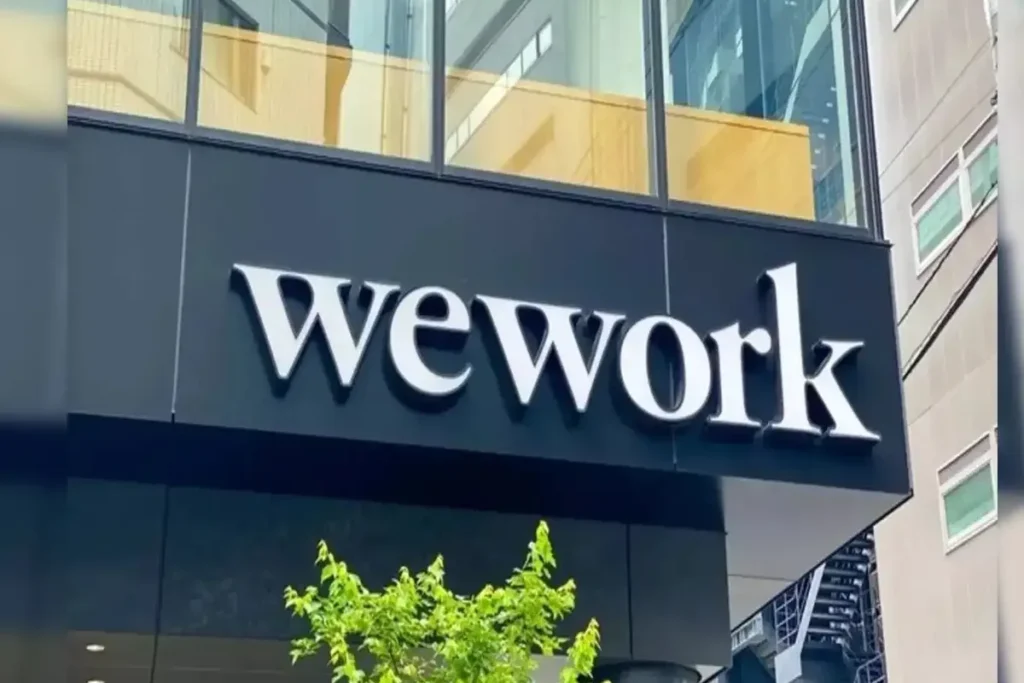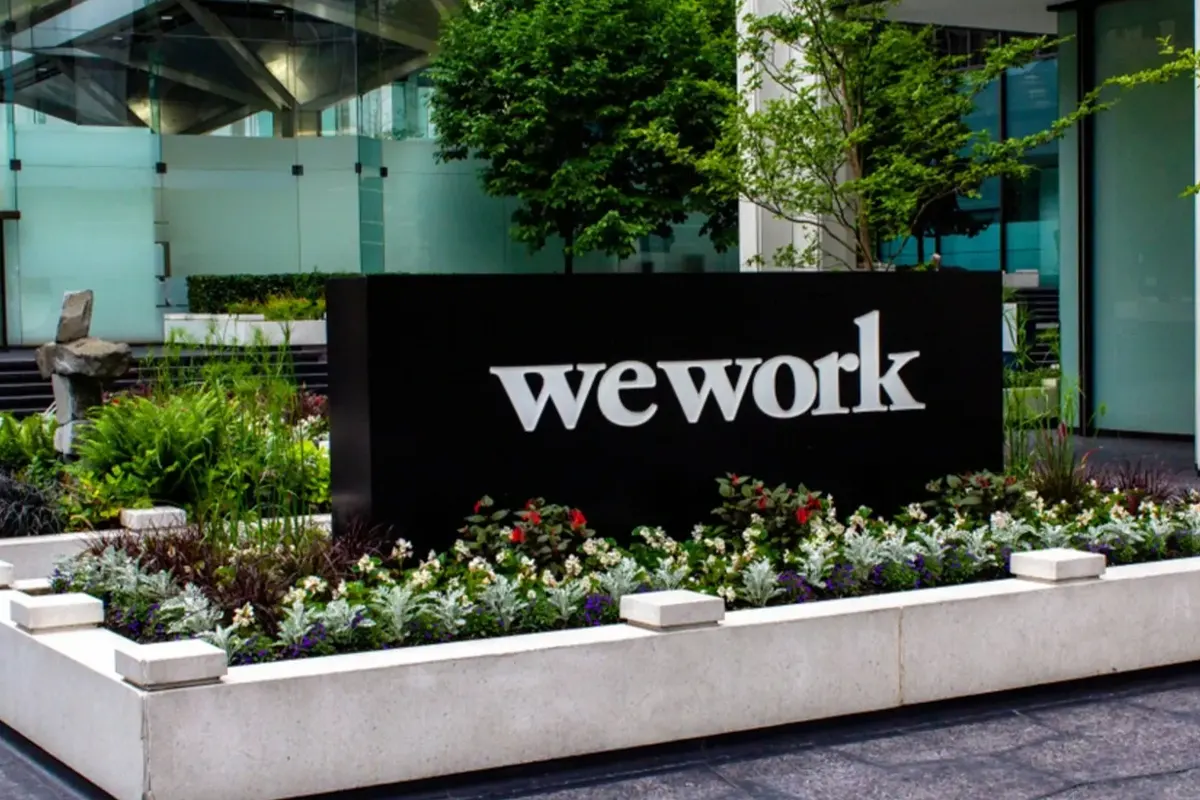WeWork India IPO GMP: Is this IPO right for your investment?
The IPO market in India is once again hot, and this time everyone’s focus is on the WeWork India IPO GMP. WeWork India’s ₹3,000 crore IPO opened on October 3, 2025, and will remain open for subscription until October 7, 2025. But the question for investors is: will this IPO be a safe bet, or are there significant risks? In this article, we will provide a clear and honest analysis of the WeWork IPO GMP, Wework India IPO details, WeWork IPO controversies, and IPO GMP today to help you make the right investment decision.
WeWork India IPO GMP: Subscription and OFS Details
WeWork India’s IPO is a ₹3,000 crore pure offer for sale (OFS) in which 4.63 crore equity shares are being sold. This means the company itself is not raising any fresh capital, but existing shareholders are diluting their stakes. This means the direct benefit will accrue to promoters and existing investors, not the company’s balance sheet.
The IPO has been priced at ₹648, and according to the latest updates, the WeWork India IPO GMP is ₹15, which means an estimated listing price of ₹663. If you compare this, the scope for listing gains appears to be around 2.31% per share. This means that based on the IPO GMP today, short-term returns appear very limited.
Legal Challenges and High Court Case

Just a few days before the IPO launch, a new twist emerged. WeWork India and SEBI faced a petition in the Bombay High Court. An investor, Vinay Bansal, alleged that the Draft Red Herring Prospectus (DRHP) contained several misleading disclosures and non-disclosures. According to the petition, there is a criminal chargesheet against the promoters that was not properly disclosed in the DRHP.
Bansal requested SEBI to promptly investigate these allegations and halt the IPO listing until clarity emerges. The petition also states that under Section 11A of the SEBI Act, the regulator has full power to halt an IPO if investor protection is compromised. This controversy raises serious questions about the credibility of IPOs.
Market Risks and Business Challenges
WeWork India’s performance is directly linked to the commercial real estate market. If office space demand slows, leasing rates fall, or the economy weakens, both the company’s occupancy levels and revenue come under pressure. This is a major risk that every investor should understand.
There are currently approximately 500 flexible workspace operators active in India, offering shared desks, private offices, managed spaces, and pay-per-use options. Competition is very high, and the risk of market saturation is looming. If large MNCs and enterprises aggressively negotiate costs, WeWork India’s margins could come under further pressure.
Financial Stress and Credit Rating
ICRA upgraded the credit rating of WeWork India from BBB to A- (Stable) in 2024, and this is a positive indicator. But a potential downgrade in the future will hamper the company’s ability to secure cheap borrowing.
Financials indicate the company posted net losses during FY23, FY24, and Q1 FY25. Cash reserves are also declining, indicating working capital stress. Being a loss-making entity, there is a significant question mark over long-term sustainability.
Lease Model and Fixed Obligations
WeWork India follows an asset-light leasing model. This means it does not own properties but leases them. Until June 30, 2025, the company has long-term, fixed-cost agreements for 7.35 million sq. ft. of space across 60 centers. This is a double-edged sword. When occupancy is high, it’s profitable, but if demand falls, fixed lease commitments can lead to significant financial pressure.
If there are property disputes, damages, or renewal denials, the company’s profitability is immediately impacted. This factor is another concern for investors.
Should you apply for the WeWork India IPO?

The question now is, should you apply for the WeWork India IPO GMP considering its GMP and listing gains? If you’re looking for short-term gains, the profit potential is very limited considering the WeWork IPO GMP of Rs 15. Risk factors are also high, given legal challenges and financial stress.
Long-term perspective, WeWork India is part of a rapidly growing flexible workspace market, but uncertainty is high due to tough competition, losses, and a lease-based model. This IPO may be suitable for investors with a high-risk tolerance and a willingness to take a speculative approach.
Conclusion
The WeWork India IPO GMP currently shows only limited upside, and legal and financial challenges make it risky. If you invest in IPOs for safe and stable returns, this IPO may not be the best option for you. However, if you are an aggressive investor interested in high-risk, high-reward scenarios, you may consider entering.
Disclaimer:
The views and recommendations above are those of individual analysts or brokerage companies, not US News Weeks. We advise investors to check with certified experts before making any investment decisions.
Also Read
Tata Motors Demerger Explained: Tax Rules, Share Price Impact & Investor Guide








